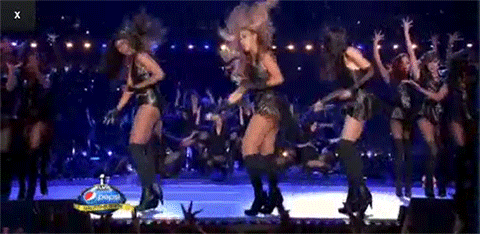Thankfully this week’s reading resonated with me a little stronger than last. Focusing on the first instalment, ‘Database as Symbolic Form,’ it explored why databases don’t follow the narrative structure we’re so used to seeing in many forms of cultural expression like novels and cinema.
This got me thinking about the structure of our impending Mixed Media Creative Critical Essay and the correlation with how hypertext is used in new concepts of narratives. Writing has transcended the traditional form and with the rise of the blog and online journalism, links coming and going from every which way allow users to end up somewhere other than where the author intended to lead them.
Databases appear as a collection of items on which the user can perform various operations: view, navigate, and search.
The above quote is the simplest way I could’ve explained the nature of databases and why they don’t follow the linear narrative we’re so used to seeing. A database and how it is navigated is similar to what our reality is like, not necessarily linear, and ultimately an unstructured collection of happenings created by the user’s operations.
The most obvious database that comes to mind is one’s digital music library. There are various ways to organise, play, and search through an iTunes library.
I particularly found the section titled ‘Database and Narrative’ useful in understanding the particulars between the two contrasting sides. Put simply:
Narrative: cause-and-effect of seemingly unordered items. Algorithms aren’t necessarily needed to proceed through narrative.
Databases: a list that is not ordered, corresponds to data structures.
However, these two mechanisms do not have the same status in computer culture. In terms of new media objects, regardless of how they present themselves, underneath they are all databases, and databases are dominant in the new media landscape.
 The title of this particular post is a quote from Seinfeld. Now, it doesn’t necessarily have an exact relation to what this post is about barring the single word ‘Pomodoro,’ (but I did immediately think of the quote as I saw it written on the whiteboard) but I found that my first experience with the
The title of this particular post is a quote from Seinfeld. Now, it doesn’t necessarily have an exact relation to what this post is about barring the single word ‘Pomodoro,’ (but I did immediately think of the quote as I saw it written on the whiteboard) but I found that my first experience with the 

